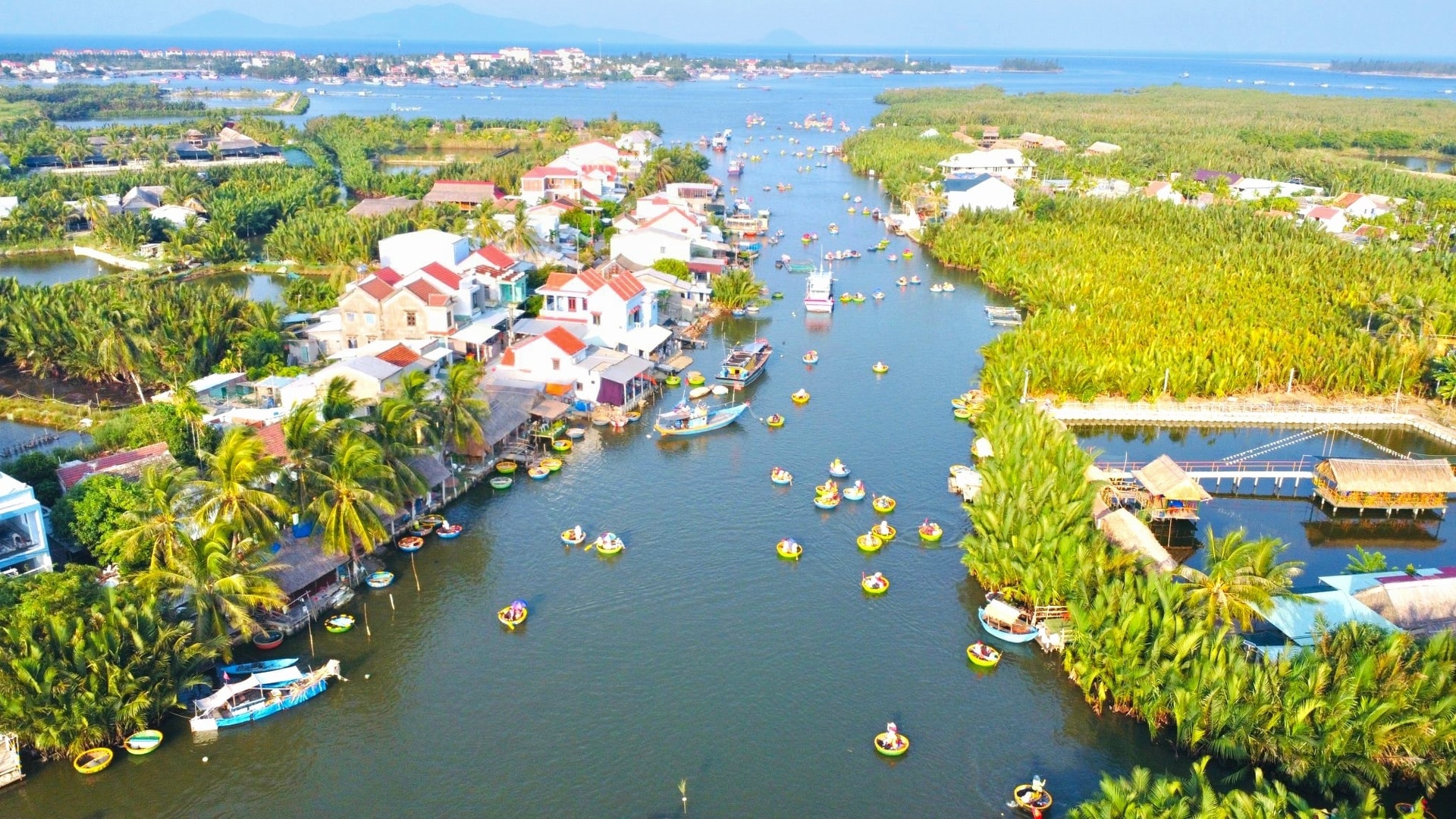
The Thu Bon downstream area is one of the rare spaces that is rich in cultural resources and has the potential to develop eco-tourism and experiences. The ancient boat dock system, Ma Chau and Dong Yen silk weaving villages, riverside markets and Champa relics… are the assets that investors can exploit.
According to Ms. Le Thi Thu Hien, a cultural researcher of Quang Nam, the Thu Bon River has been the main trade route for centuries, connecting the mountainous region with the coastal region, creating a bustling trading ecosystem. “Places such as Tra Nhieu lagoon, Hoi An trading port, Ban Thach wharf, and Hong Trieu used to be anchorages for junks and foreign ships. If the trading scene and boats are recreated as they were in the past, this will be a rare tourism product of the Central region,” Ms. Hien said.
Besides trade, the silk weaving villages of Ma Chau, Dong Yen, Thi Lai, or typical products such as cinnamon, agarwood, areca nuts, etc. are valuable assets for experiential tourism.
Mr. Phan Le Chung, a destination brand development expert, commented: “If properly invested, Thu Bon can completely become a tourist route linking Hoi An - My Son. This is a great opportunity to build high-end services such as river tours, eco-resorts and cultural experience centers.”
The difference of tourism along Thu Bon is the combination of river heritage with community activities. If residents participate directly, from rowing boats, making products, performing arts… they will have more income, and tourists will feel the authenticity.
Ms. Hoang Thi Anh Dao (University of Science - Hue University) said: "The relics of communal houses, churches, and old boat wharves are the pillars to shape cultural tourism tours. Preserving and connecting with river tourism routes will create a special attraction, along with Hoi An ancient town".
Researchers and businesses suggest some feasible tourism products for Da Nang tourism industry to consider.
River tour - floating market and craft village, recreating the scene of old boats and trading, combined with visiting weaving village, pottery village, experiencing product making.
Culinary and cultural tour, building stops where visitors can enjoy Quang specialties and folk arts such as Ho Khoan and Bai Choi.
Riverside eco-resort, developing a small resort model, combining kayaking and watching the sunset on Thu Bon.
Historical - relic tour, exploiting the system of communal houses, temples, Champa vestiges and ancient boat docks to create a heritage experience tour.
Currently, many communes and wards along the Thu Bon River such as Dai Loc, Duy Xuyen, Dien Ban, Hoi An... are coordinating with businesses and researchers to design tours, train residents on services and promote online. This is a step to turn the Thu Bon River into a "living heritage road" of Da Nang tourism.
Source: https://baodanang.vn/phat-trien-du-lich-song-thu-bon-3297824.html


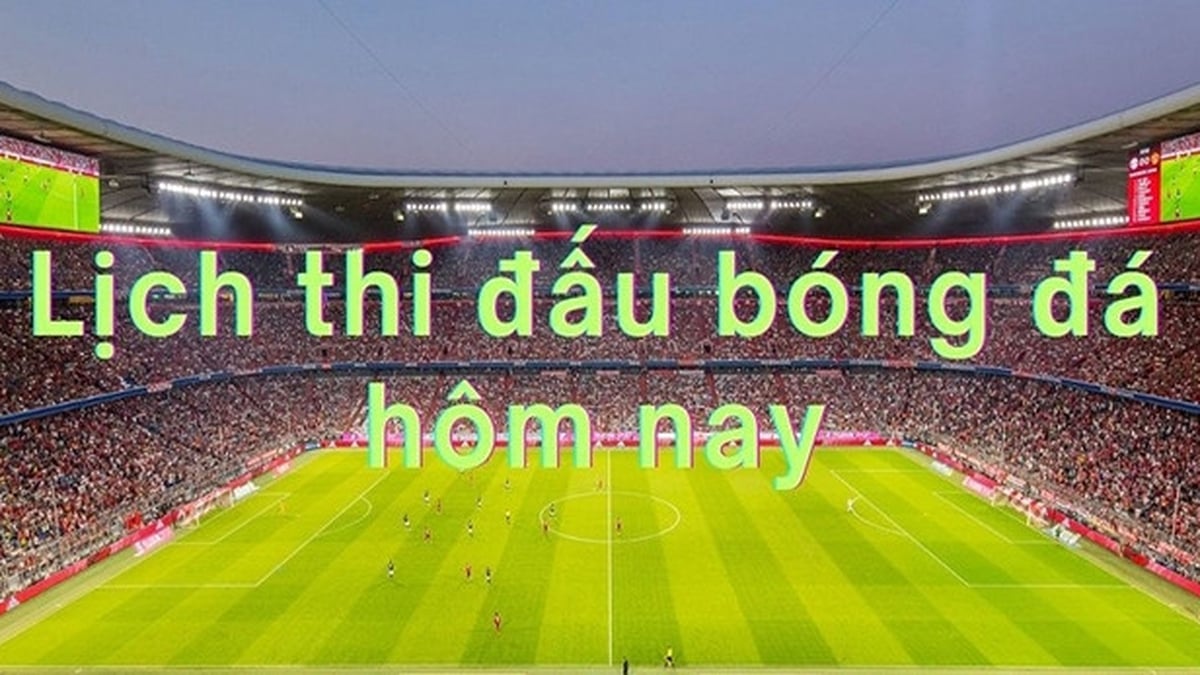

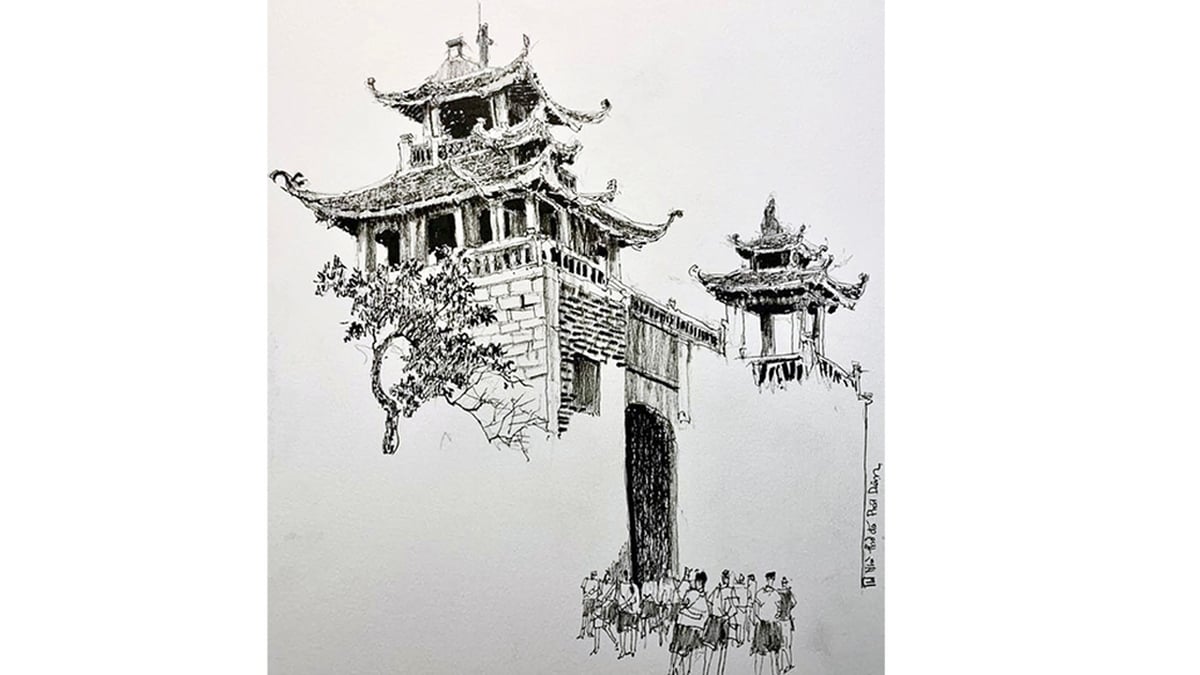
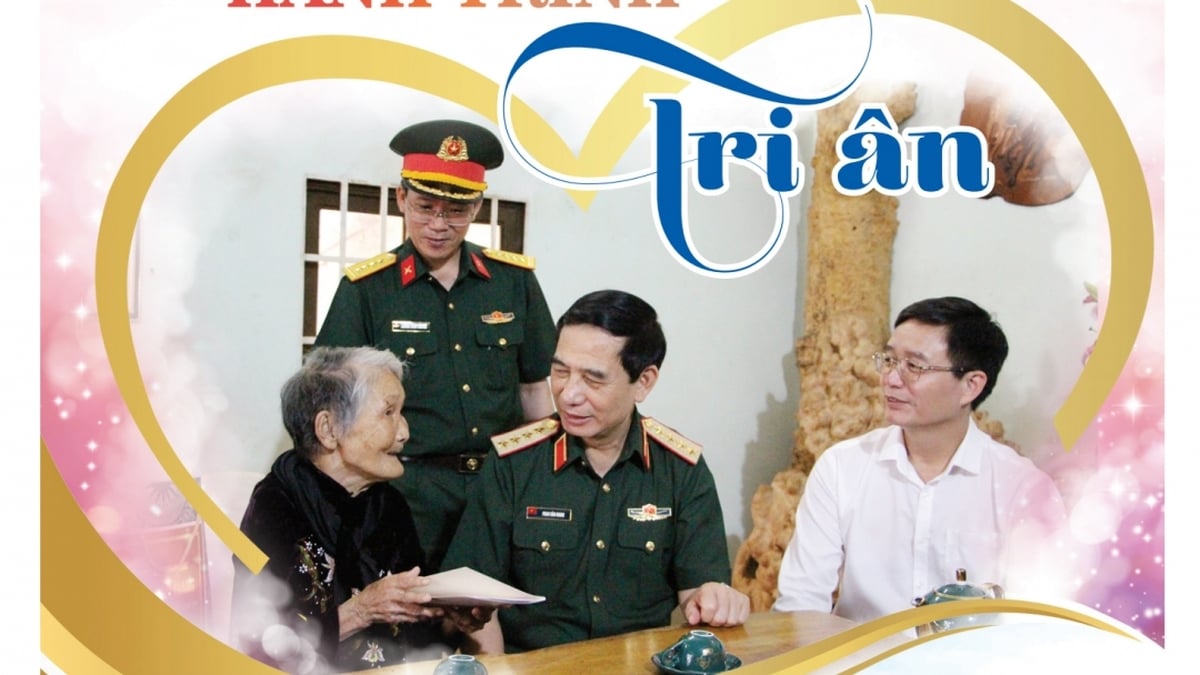
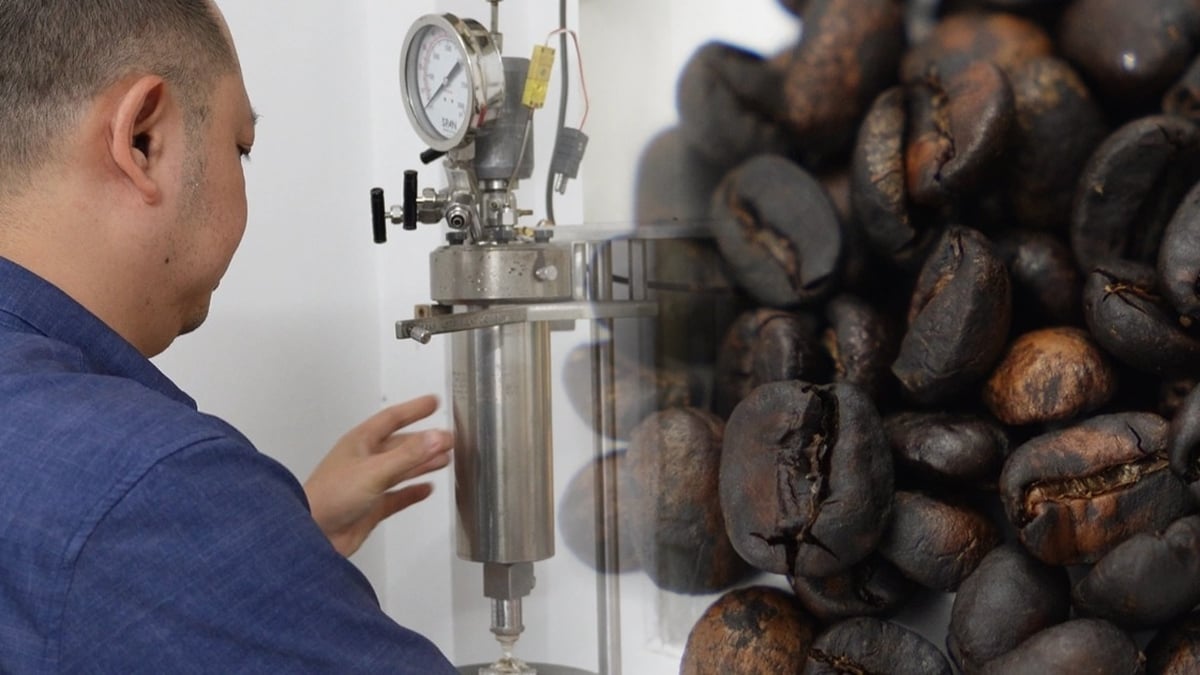

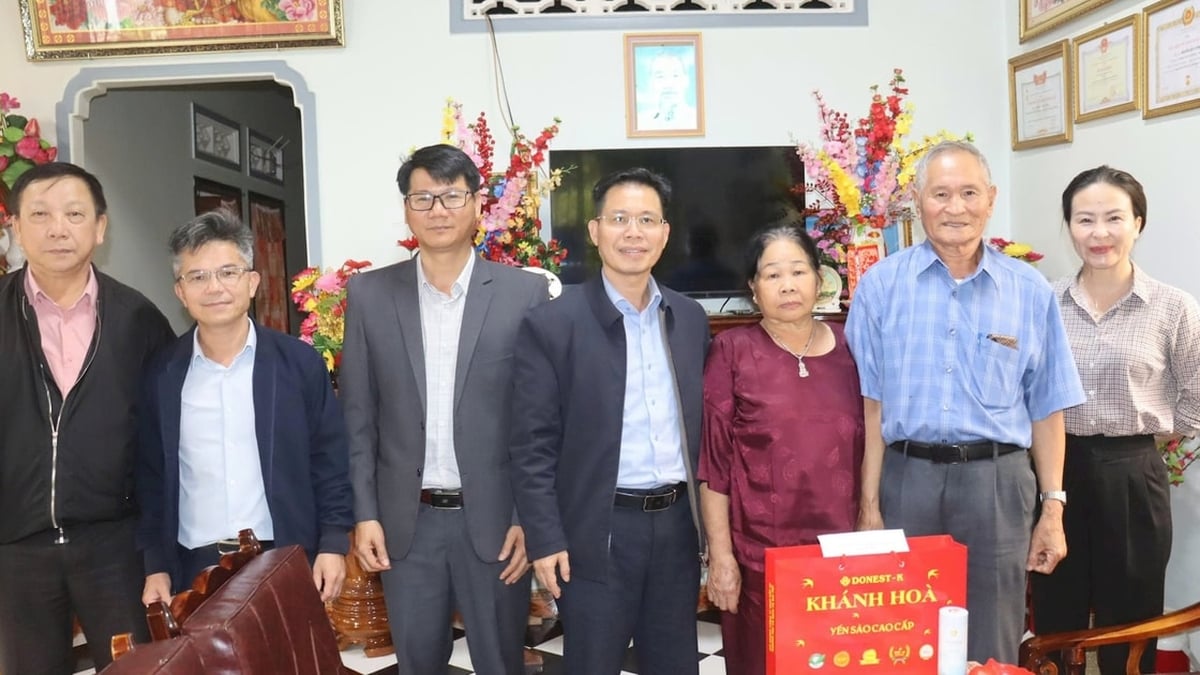
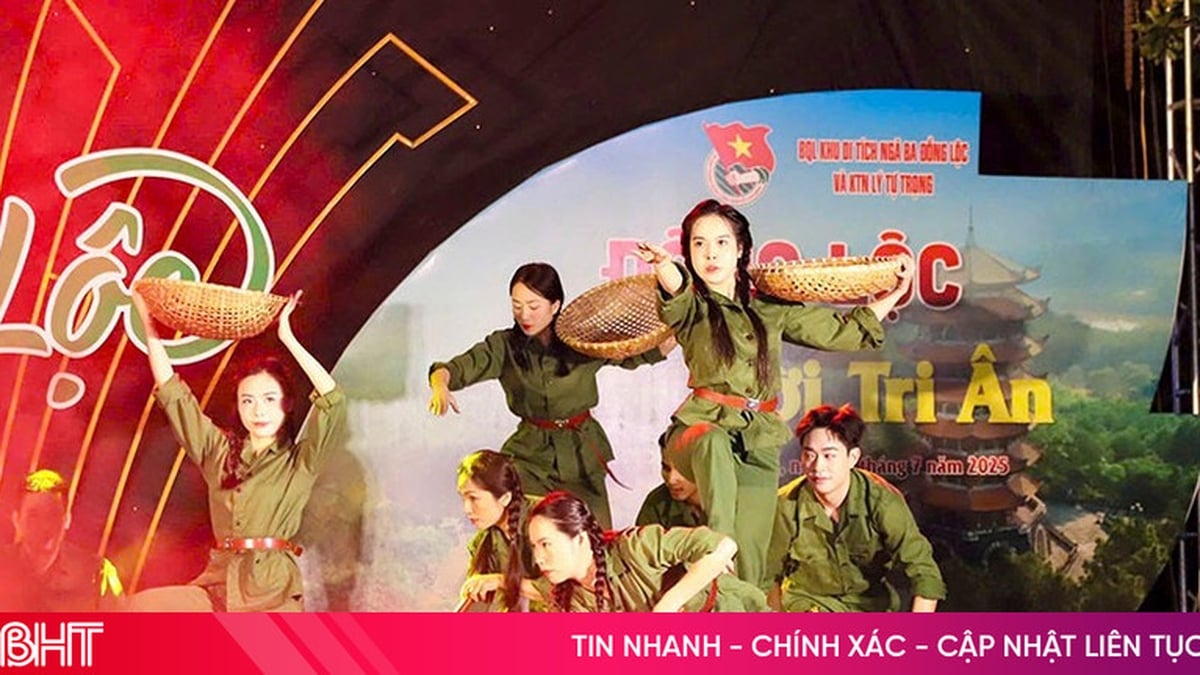
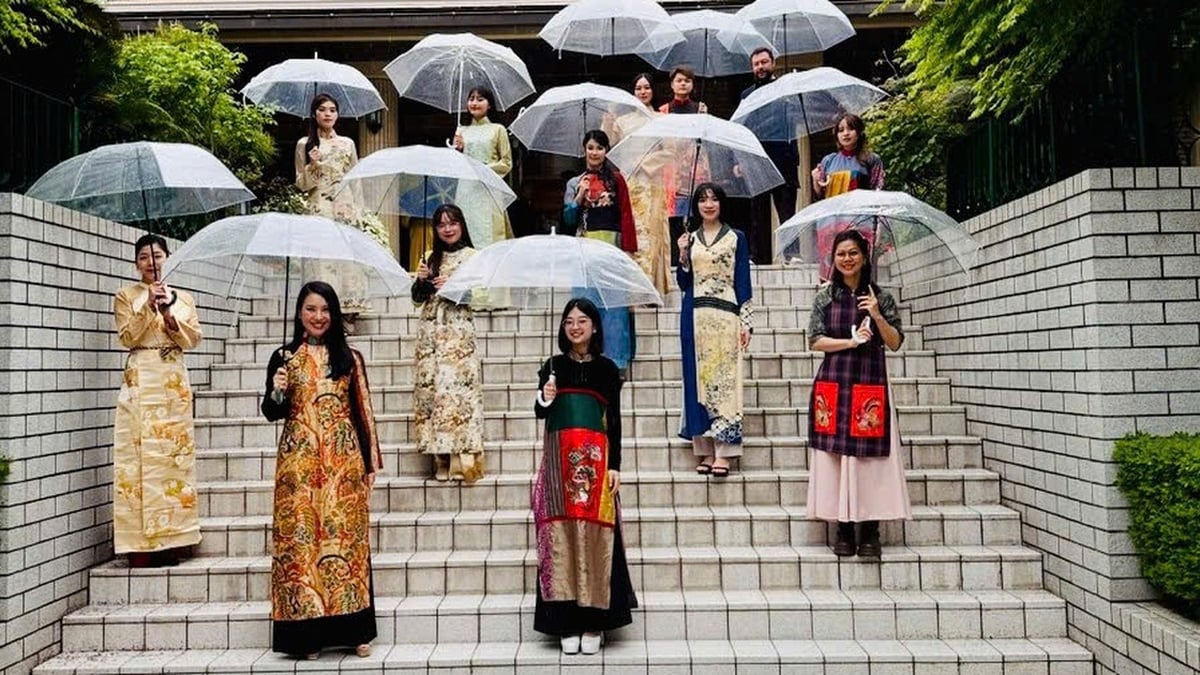
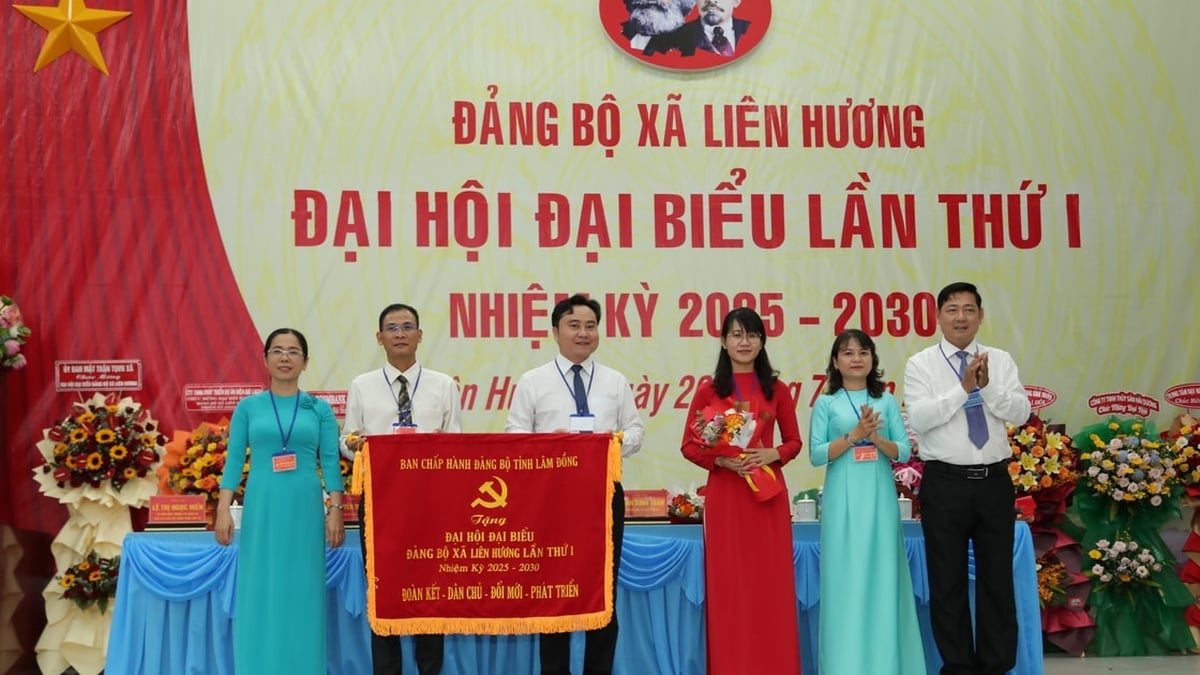























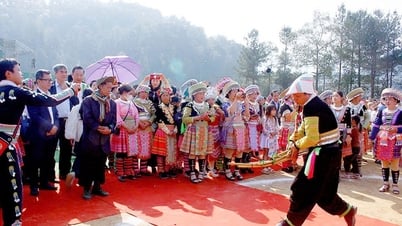

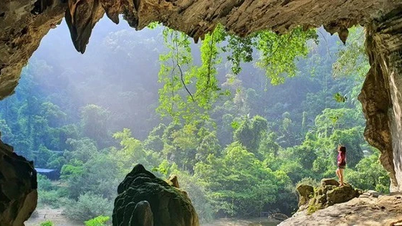

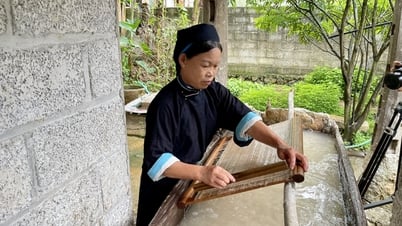

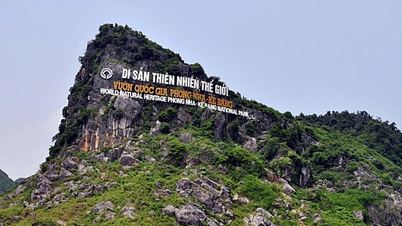

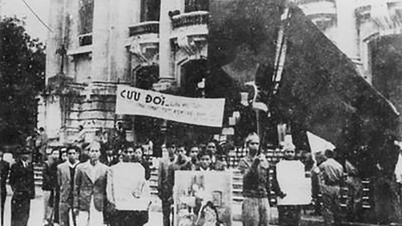









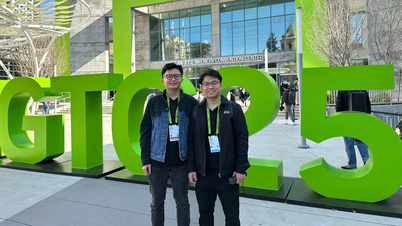













![[Photo] National Assembly Chairman Tran Thanh Man receives Chairman of Morocco-Vietnam Friendship Association](https://vphoto.vietnam.vn/thumb/402x226/vietnam/resource/IMAGE/2025/7/26/b5fb486562044db9a5e95efb6dc6a263)
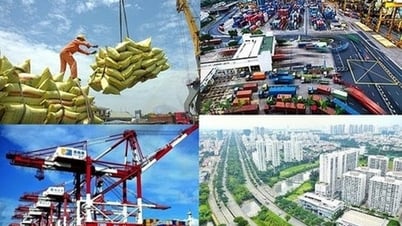


































Comment (0)